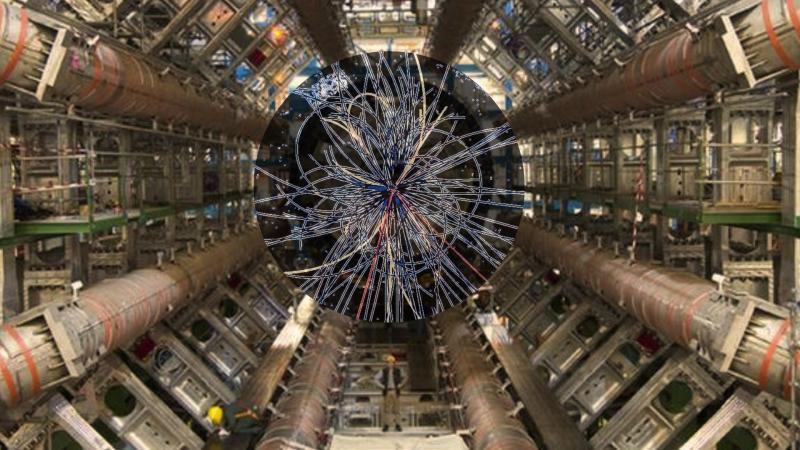
CERN Scientists Shedding Light on Antimatter & Universe’s Origins
The quest to unravel the mysteries of the universe has led scientists at CERN’s Large Hadron Collider (LHC) to make a groundbreaking discovery. The ALICE collaboration, a team of researchers from around the world, has confirmed the first evidence of antihyperhelium-4, a rare and exotic form of antimatter. This finding sheds new light on the fundamental forces of nature, offering insights into the delicate balance between matter and antimatter, and the universe’s earliest moments.
At the LHC, scientists collide heavy ions at nearly the speed of light, creating an environment that mimics the conditions present in the universe just a fraction of a second after the Big Bang. By studying these collisions, researchers can gain a deeper understanding of the fundamental forces that shape our universe.
The discovery of antihyperhelium-4 is significant because it provides a unique opportunity to study antimatter in a way that was previously impossible. Antimatter is a type of matter that has the same mass as regular matter but opposite charges. When antimatter comes into contact with regular matter, the two annihilate each other, releasing a vast amount of energy in the process.
The ALICE collaboration used the LHC’s heavy-ion collisions to produce antihyperhelium-4, which is a particularly rare and exotic form of antimatter. The team detected the antihyperhelium-4 by looking for the characteristic particles that it produces when it interacts with regular matter.
“This is a major breakthrough for the ALICE collaboration,” said Dr. Andrea Rossi, spokesperson for the ALICE experiment. “The detection of antihyperhelium-4 is a significant milestone in our quest to understand the fundamental forces of nature and the early universe.”
The discovery of antihyperhelium-4 is not only significant for our understanding of antimatter but also for the study of the universe’s origins. The early universe was a hot, dense plasma in which the fundamental forces of nature were in a state of flux. The detection of antihyperhelium-4 provides a unique window into this era, allowing scientists to study the conditions that existed just a fraction of a second after the Big Bang.
The ALICE collaboration’s findings also have important implications for our understanding of the matter-antimatter balance in the universe. For centuries, scientists have struggled to understand why the universe is dominated by matter, despite the fact that antimatter should have been produced in equal amounts during the Big Bang.
The detection of antihyperhelium-4 provides new insights into this puzzle. According to the standard model of particle physics, the universe should have been dominated by antimatter at some point in its early history. However, the discovery of antihyperhelium-4 suggests that the universe may have been dominated by matter from the very beginning.
“This finding has significant implications for our understanding of the universe’s origins,” said Dr. Rossi. “It suggests that the universe may have been matter-dominated from the very beginning, which challenges our current understanding of the early universe.”
The ALICE collaboration’s discovery is not only a major breakthrough for particle physics but also a testament to the power of international collaboration. The team consists of researchers from around the world, working together to push the boundaries of human knowledge.
“This discovery would not have been possible without the tireless efforts of the ALICE collaboration,” said Dr. Rossi. “It’s a testament to the power of international collaboration and the importance of pushing the boundaries of human knowledge.”
In conclusion, the detection of antihyperhelium-4 at the LHC is a major breakthrough for particle physics and our understanding of the universe’s origins. The ALICE collaboration’s findings provide new insights into the fundamental forces of nature, the matter-antimatter balance, and the early universe. As scientists continue to study the properties of antihyperhelium-4, they will gain a deeper understanding of the universe and its mysteries.
Source:
https://researchmatters.in/news/exotic-antimatter-spotted-heavy-ion-collisions-lhc






